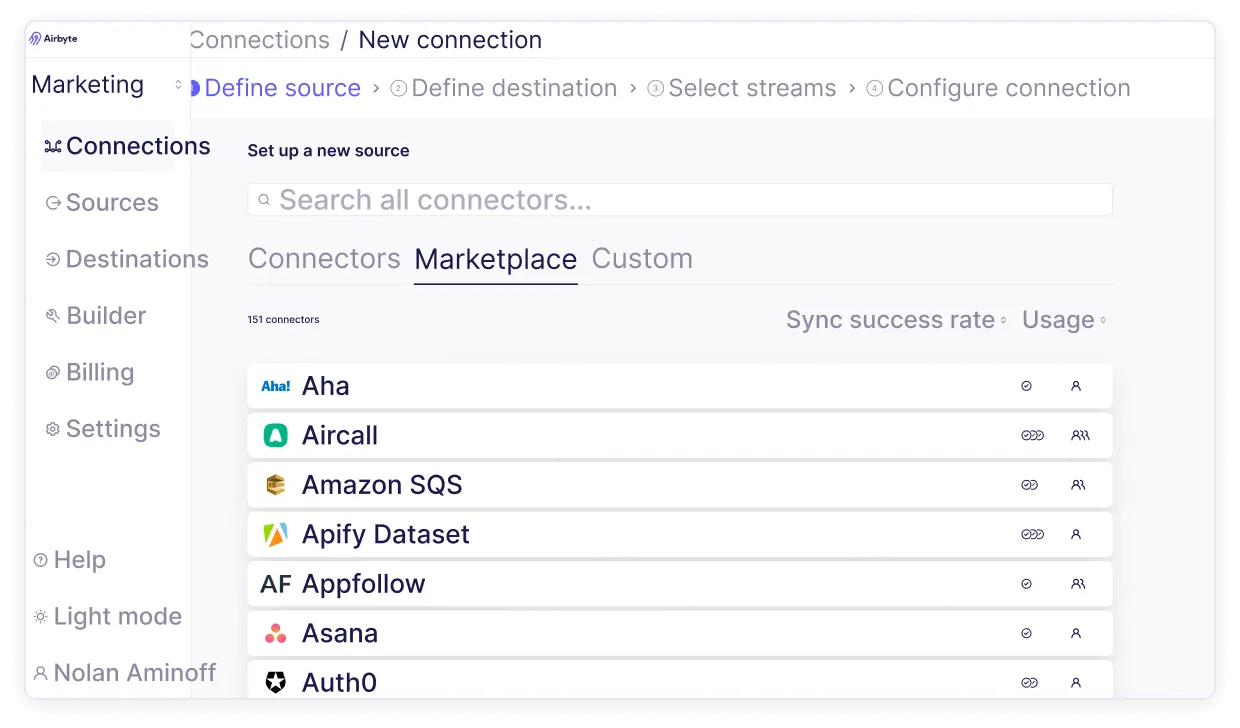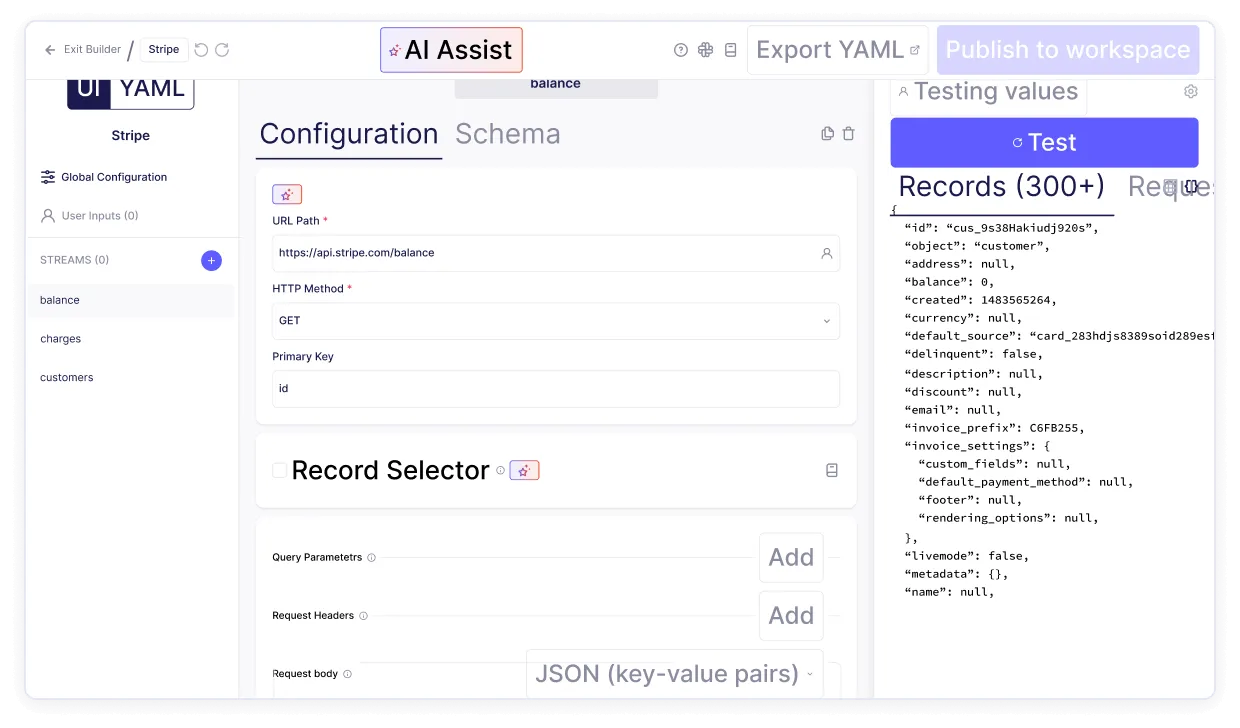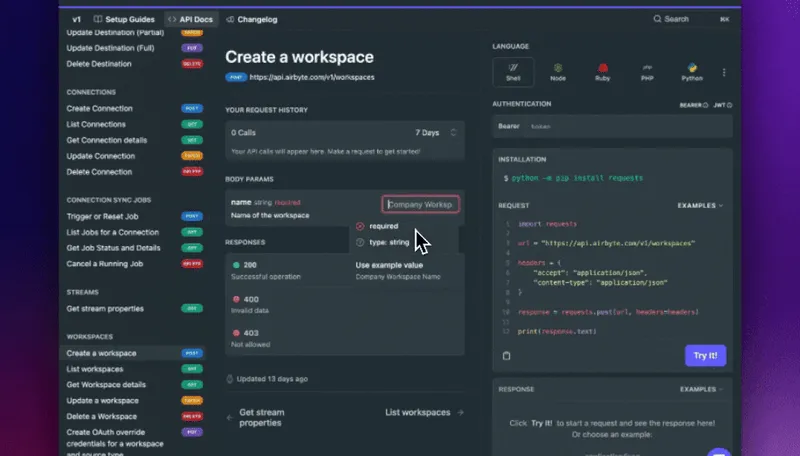Open-source data integration platform enabling self-hosted, customizable ELT pipelines with 600+ connectors and full infrastructure control.
Vendor
Airbyte
Company Website



Airbyte Open Source is an open-source data integration platform that allows organizations to build, manage, and customize ELT (Extract, Load, Transform) data pipelines. Users can self-host the platform, access a large catalog of 600+ prebuilt connectors, and create new connectors with a no-code builder. It provides full control over infrastructure, security, and compliance, and integrates seamlessly with existing developer tools and workflows.
Key Features
Extensive Connector Marketplace Access over 600 prebuilt connectors and build new ones quickly.
- Supports a wide range of data sources and destinations.
- No-code builder and developer kits for rapid connector creation.
Self-Hosted Deployment Deploy and manage the platform on your own infrastructure.
- Full control over configuration, security, and compliance.
- Customizable to fit specific organizational needs.
Integration with Developer Tools Works with orchestration and workflow tools.
- Integrates with Airflow, Dagster, Prefect, and others.
- Supports API and Terraform provider for programmatic management.
Ultimate Customization Open-source flexibility for tailored pipelines.
- Modify, extend, or adapt the platform as required.
- Build custom connectors using provided SDKs and APIs.
Seamless Workflow Integration Easily fits into existing data operations.
- Avoids workflow disruptions.
- Enables smooth adoption alongside current tools and processes.
Benefits
Accelerated Data Pipeline Development Shortens time-to-value for data integration projects.
- Rapid deployment and configuration.
- Reduces bottlenecks in critical data workflows.
Full Control and Security Allows organizations to manage sensitive data internally.
- Ensures compliance with internal and external regulations.
- Customizable security and deployment options.
Cost-Effective and Scalable No licensing costs for open-source usage.
- Scales with organizational growth and data needs.
- Community-driven improvements and support.